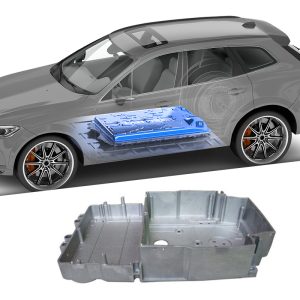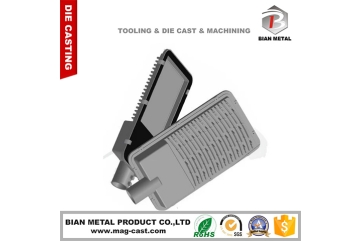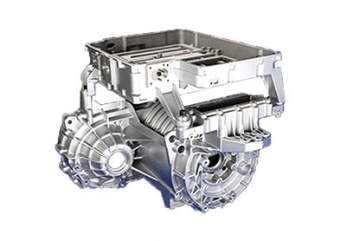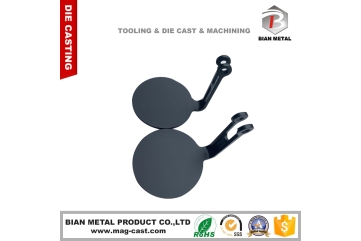How accurate is die casting?
Die casting is a highly accurate manufacturing process known for producing complex metal parts with tight tolerances and excellent surface finishes. The accuracy of die casting depends on several factors:
Design and Tooling: The quality of the mold or die plays a crucial role. Precision-engineered dies ensure better accuracy and consistency.
Material Properties: Different metals and alloys may exhibit varying levels of shrinkage and flow characteristics, affecting the final part’s accuracy.
Process Control: Maintaining consistent process parameters such as temperature, pressure, and injection speed is essential for achieving high accuracy.
Machine Quality: The performance and maintenance of die casting machines impact the precision of the parts produced.
Post-processing: Additional machining or finishing operations may be required to meet exact tolerances and specifications.

Typical Tolerances
Dimensional Tolerances: Die casting can achieve tolerances as tight as ±0.1% of the nominal dimension. For smaller parts, this might translate to a few micrometers.
Surface Finish: Die cast parts typically have a smooth surface finish, often ranging from 1-2 micrometers (Ra).
Advantages of Die Casting Accuracy
Consistency: High repeatability ensures that each part produced is nearly identical to the previous one.
Complex Geometries: The process can produce intricate shapes with fine details, reducing the need for additional assembly or machining.
Material Efficiency: Minimized waste compared to other manufacturing methods, as the precise control reduces the need for excess material.
Applications
Due to its accuracy, die casting is widely used in industries such as automotive, aerospace, electronics, and consumer goods, where precision and quality are paramount.
In summary, die casting is a highly accurate manufacturing process, capable of producing complex parts with tight tolerances and excellent surface finishes, provided that all factors are optimally controlled.




